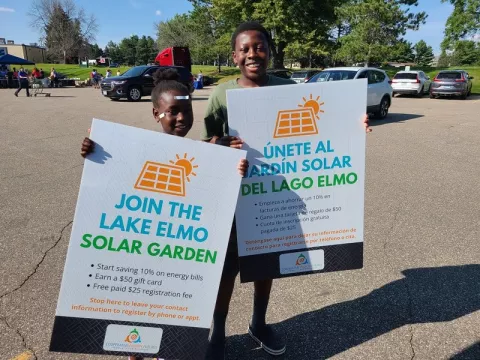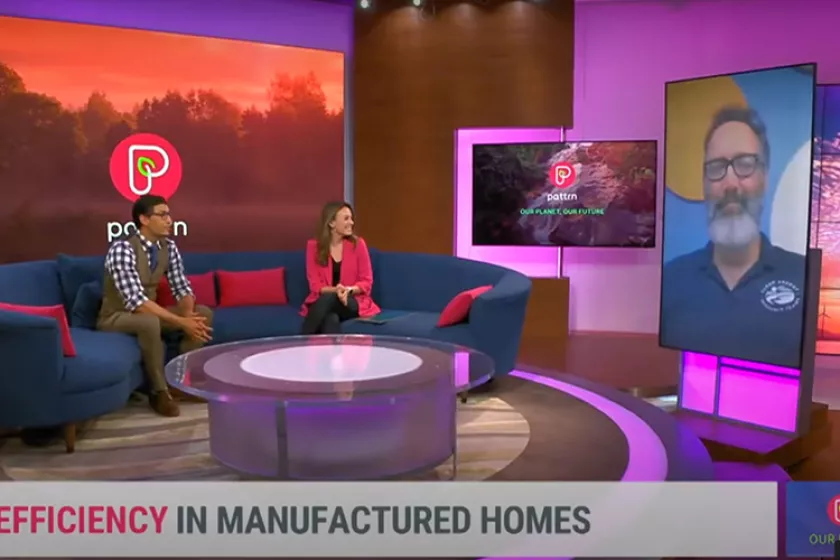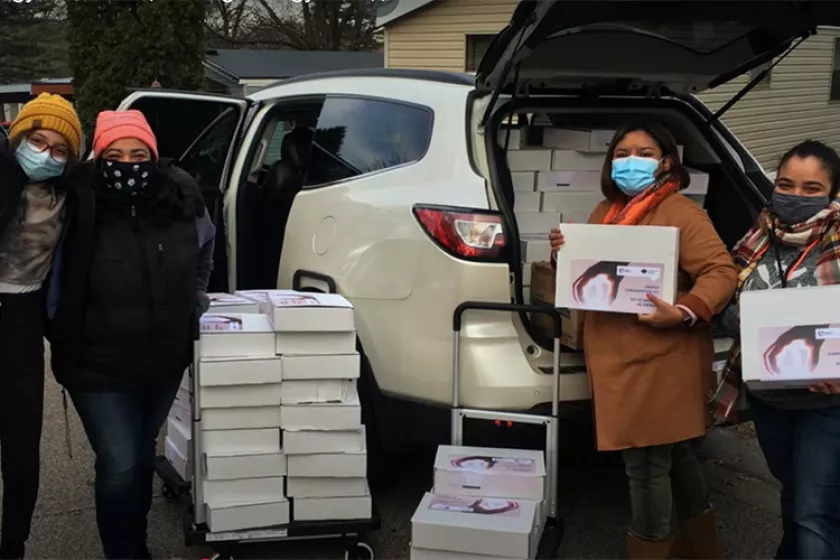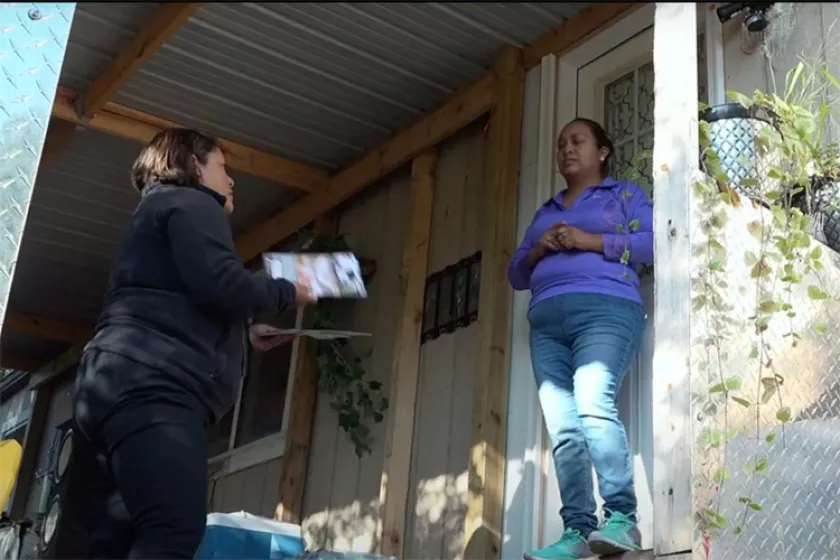Manufactured homes (sometimes called “mobile homes” or "trailers") can offer a path to home ownership for many individuals and families who might not otherwise be able to afford to buy or rent a home.
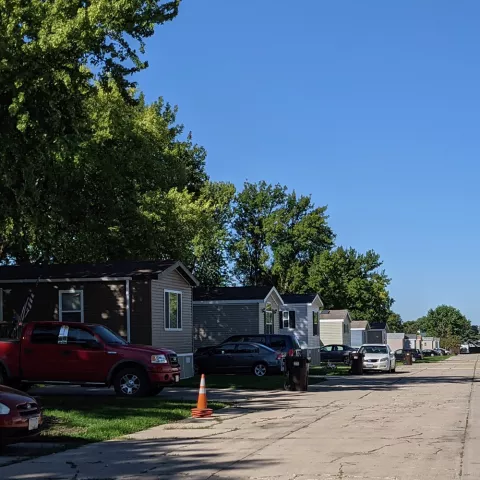 In Minnesota, over 180,000 people live in manufactured homes, with nearly half of these households living on an annual income of $35,000 or less.
In Minnesota, over 180,000 people live in manufactured homes, with nearly half of these households living on an annual income of $35,000 or less.
But housing affordability is about more than just the purchase price. It also matters how much it costs to live there, and energy is a big part of that. Many manufactured homes use more energy than similarly sized housing of other types, because of inefficiencies like poor insulation and air sealing. So, as CERTs works to reduce Minnesotans’ energy burden, reaching manufactured home residents is a key piece of the puzzle.
When it comes to making manufactured homes more energy efficient, there are many challenges. Insulation is nearly impossible to implement (except for crawling underneath to insulate the “belly” of the home). What’s more, many homes are heated by propane, and there are no state-mandated utility programs to reduce propane use.
Efficiency and affordability matter. So, too, does the ability of all Minnesotans to participate in shaping our state’s clean energy future. That’s why this project works to build partnerships with community-based organizations and residents in manufactured home parks, as well as with park owners, electric and gas utilities, and Community Action Agencies. The project provides accessible ways for residents and community organizations to enter the clean energy space, whether through changes at home or by strengthening their capacity to do energy work in community.

 In Minnesota, over 180,000 people live in manufactured homes, with nearly half of these households living on an annual income of $35,000 or less.
In Minnesota, over 180,000 people live in manufactured homes, with nearly half of these households living on an annual income of $35,000 or less.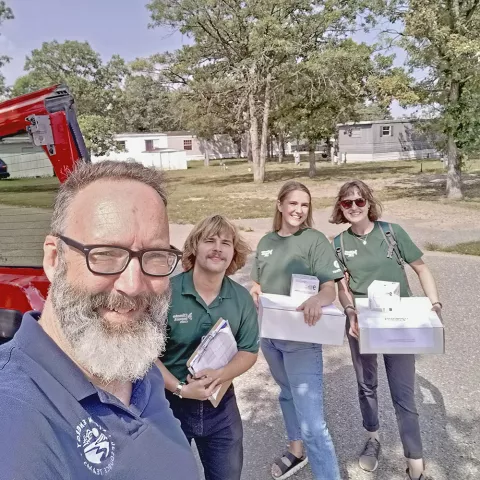 The strategies used in this project were based on
The strategies used in this project were based on 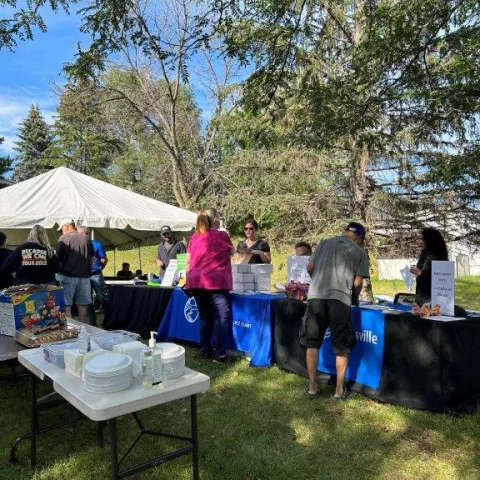 We started implementing the new project in 2020, and…well, we all know how 2020 went!
We started implementing the new project in 2020, and…well, we all know how 2020 went!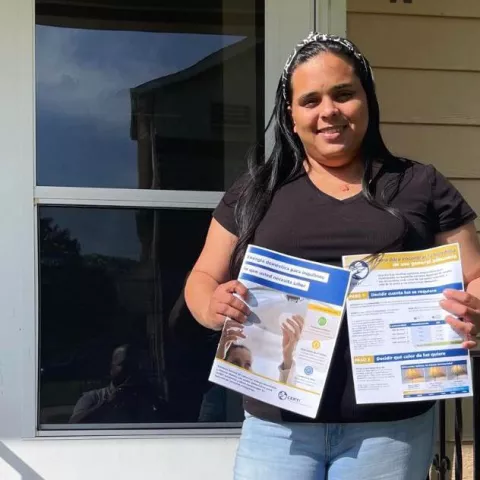 From the beginning, it's important to respect the value of people’s time, as well as recognize that people have a lot going on in their lives. They don’t have unlimited time and mental resources to devote to any single thing, including energy efficiency.
From the beginning, it's important to respect the value of people’s time, as well as recognize that people have a lot going on in their lives. They don’t have unlimited time and mental resources to devote to any single thing, including energy efficiency.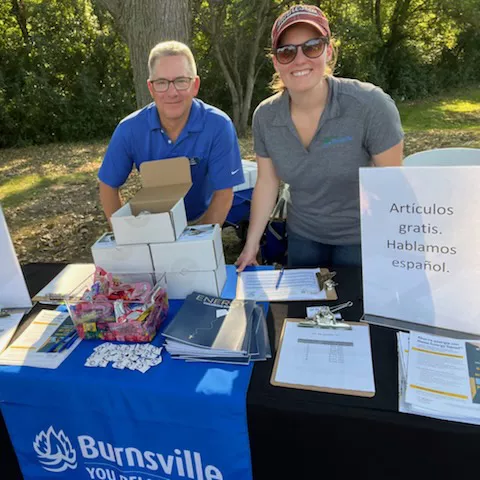
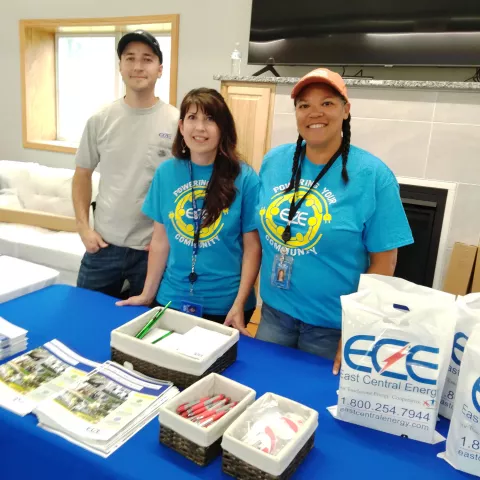 A large part of CERTs’ role was to identify and bring together a diverse array of partners:
A large part of CERTs’ role was to identify and bring together a diverse array of partners: